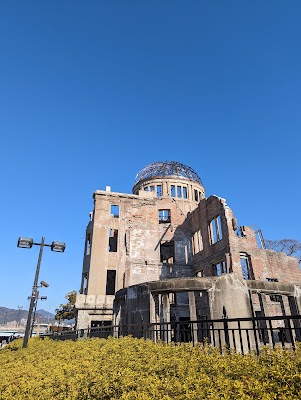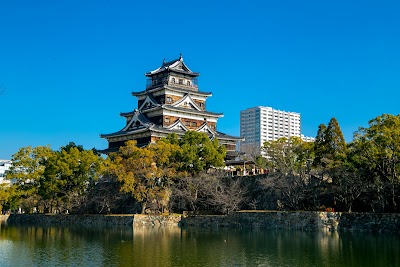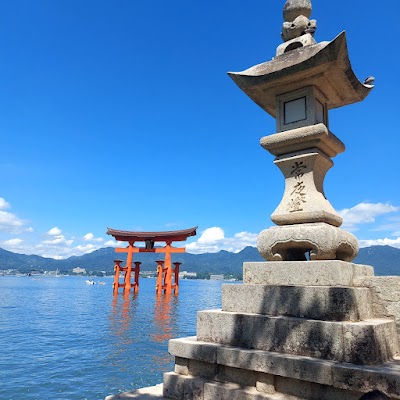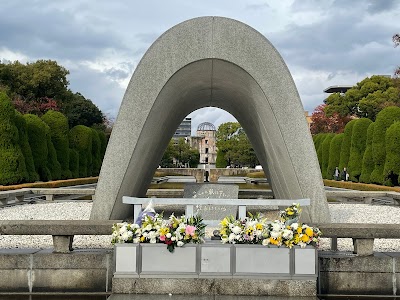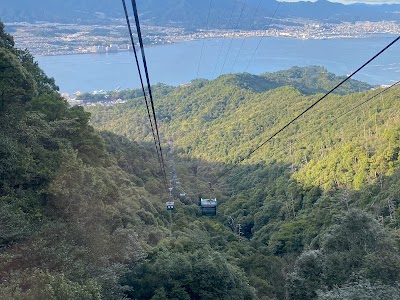Atomic Bomb Dome (原爆ドーム)
Overview
Overview of the Atomic Bomb Dome
The Atomic Bomb Dome (原爆ドーム), also known as the Hiroshima Peace Memorial, stands as a haunting yet powerful symbol of resilience and the tragic consequences of war. Located in the heart of Hiroshima, Japan, this UNESCO World Heritage Site is one of the few structures that partially survived the atomic bombing on August 6, 1945. Originally built as the Hiroshima Prefectural Industrial Promotion Hall, the dome was designed by Czech architect Jan Letzel and completed in 1915. Today, it serves as a poignant reminder of the past and a beacon for peace.
Visiting the Atomic Bomb Dome is an emotional experience, as it invites travelers to reflect on the catastrophic impact of nuclear warfare. The structure is characterized by its distinctive skeletal frame, which remains intact despite the devastation around it. The dome’s unique design features a combination of Western and Japanese architectural styles, with its prominent dome and arched windows still visible after years of weathering and decay. The surrounding area has been transformed into the Hiroshima Peace Memorial Park, which features serene pathways, monuments, and memorials dedicated to the victims of the bombing.
Significance and Memorialization
The Atomic Bomb Dome is not just an architectural relic; it holds deep historical significance. After the bombing, the building was left in its ruined state as a symbol of peace and a stark reminder of the horrors of war. The Japanese government has intentionally preserved the structure in its damaged condition, emphasizing the importance of remembering the past to prevent future conflicts. Each year, thousands of visitors from around the world come to pay their respects, making it a pivotal point for education about nuclear disarmament and peace.
Within the context of Hiroshima, the dome is part of a broader narrative of recovery and reconciliation. The nearby Hiroshima Peace Memorial Museum complements the Dome by offering in-depth exhibitions that detail the events leading up to the bombing, the aftermath, and the ongoing efforts for peace. This museum features personal artifacts, photographs, and testimonies from survivors, known as "hibakusha," who share their harrowing experiences. Together, these sites create a profound atmosphere that encourages reflection on humanity's capacity for both destruction and healing.
Visitor Information and Accessibility
For travelers planning to visit the Atomic Bomb Dome, it is easily accessible from Hiroshima Station. A short tram ride or a leisurely walk through the city will lead you to the Peace Memorial Park, where the dome stands majestically along the banks of the Motoyasu River. The park is open year-round, and admission is free, making it an excellent addition to any itinerary.
As you explore the area, take advantage of the many informational plaques available in multiple languages, which provide historical context and insight into the significance of the Dome and its surroundings. Early mornings or late afternoons are ideal times for a visit, as the soft lighting enhances the structure’s haunting beauty. Don’t forget to bring your camera—sunset views of the dome against the backdrop of the river are truly mesmerizing.
In conclusion, a visit to the Atomic Bomb Dome is not just a journey into history but an opportunity to engage with the present and future of peace. As you stand before this iconic landmark, allow yourself to reflect on its powerful message of hope and the importance of fostering a world free from nuclear weapons.



